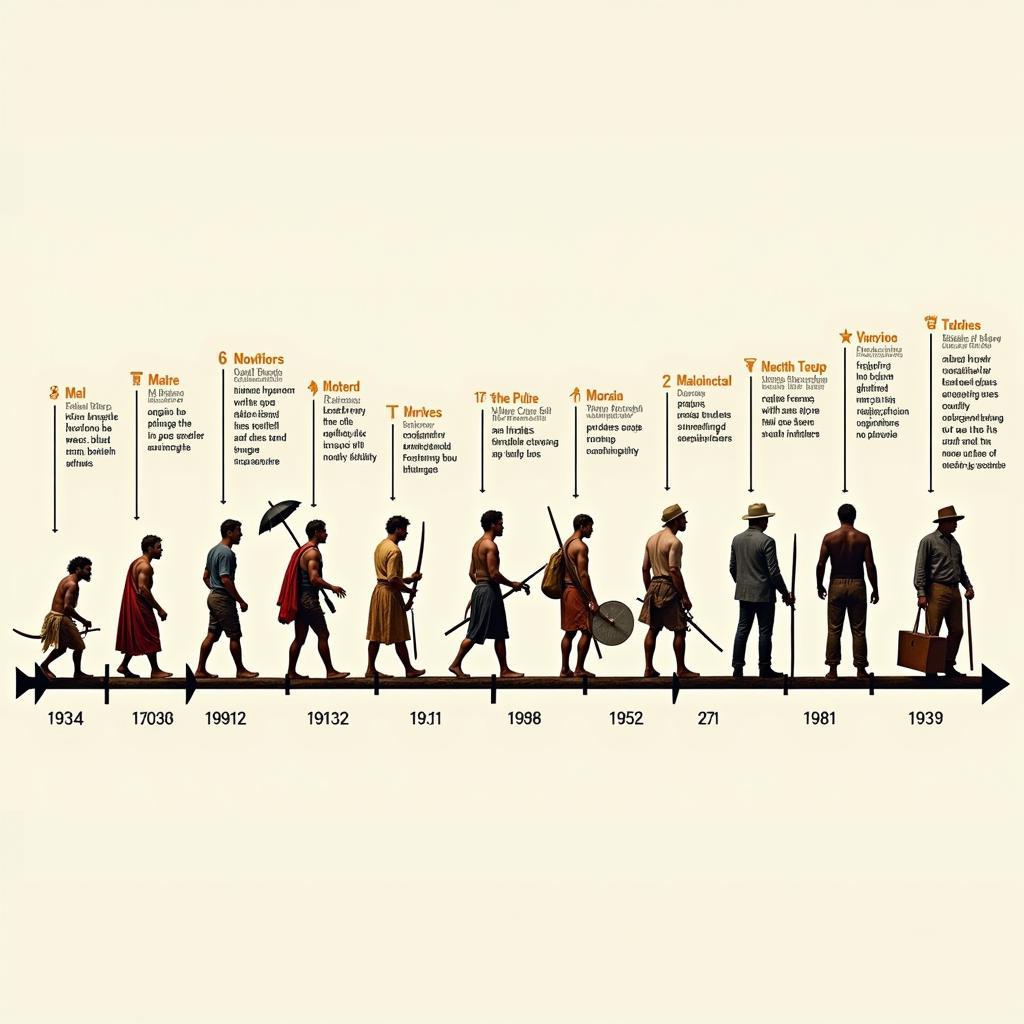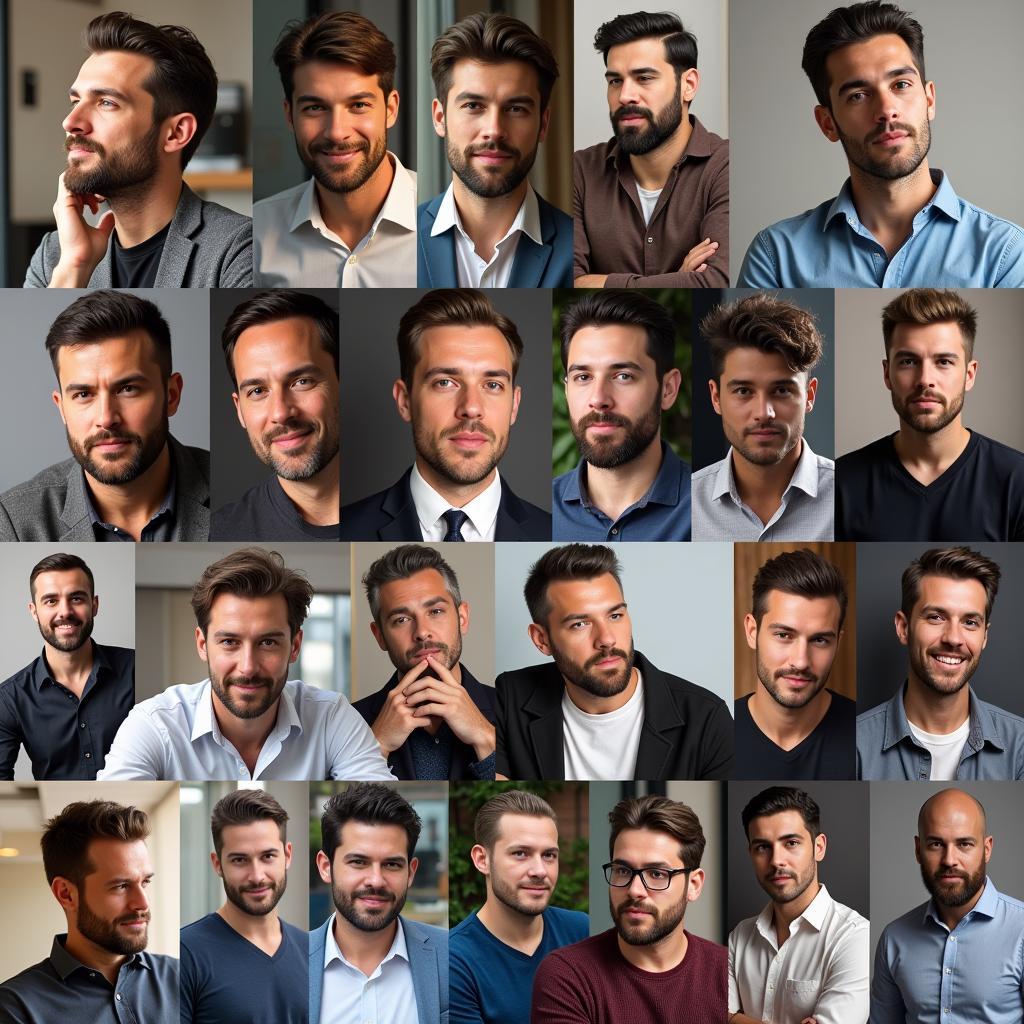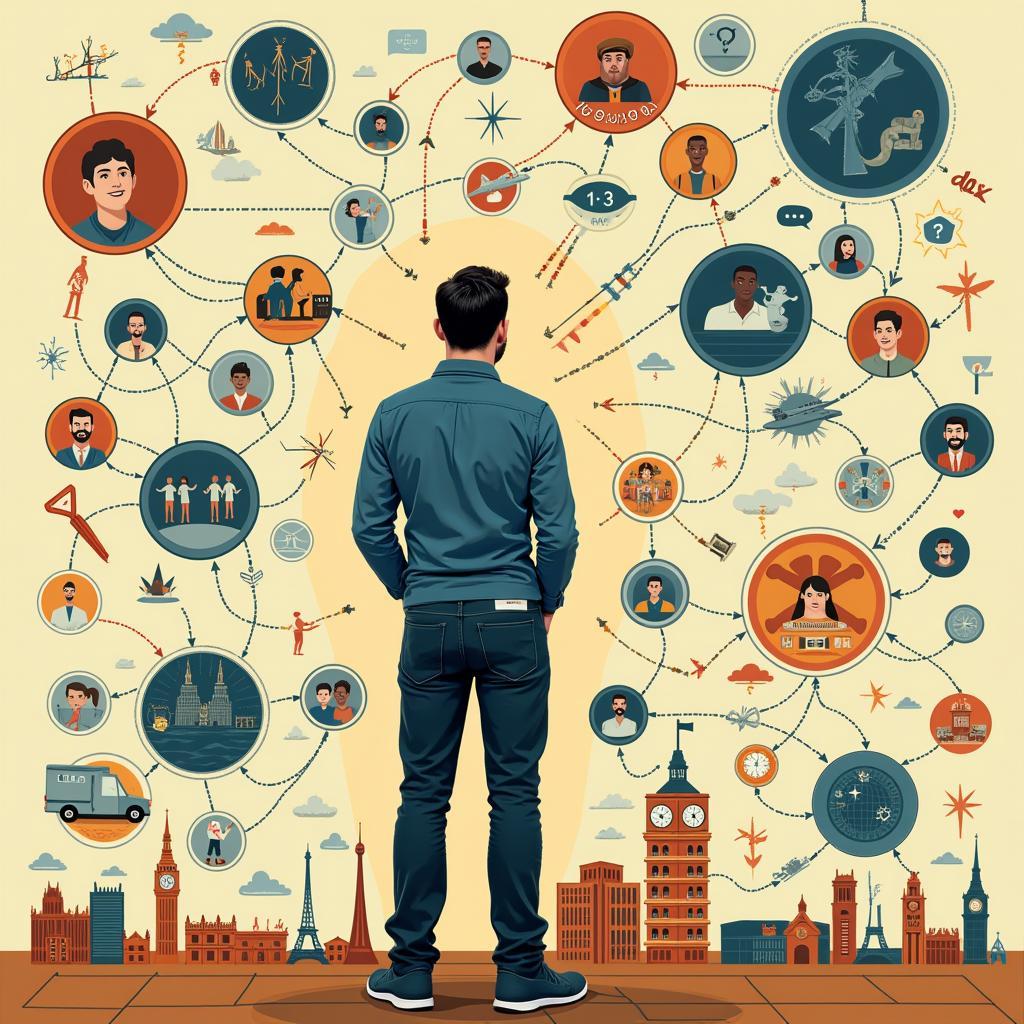Century men’s society encompasses a broad spectrum of evolving definitions and expectations surrounding masculinity. Throughout history, societal norms have shaped the roles, behaviors, and ideals associated with being a man. This article delves into the historical context of century men’s society, its impact on modern masculinity, and the ongoing dialogue surrounding gender equality and inclusivity.
The Historical Landscape of Century Men’s Society
From ancient warrior cultures to the Industrial Revolution, men’s roles were often defined by physical strength, economic provision, and social dominance.  Evolution of Men's Roles Throughout History Throughout the 19th and 20th centuries, concepts like the “gentleman” and the “breadwinner” emerged, further shaping societal expectations of masculinity. These ideals often reinforced traditional gender roles and limited men’s emotional expression. The Victorian era, for instance, emphasized stoicism and emotional restraint in men, as explored in articles like victorian society in america.
Evolution of Men's Roles Throughout History Throughout the 19th and 20th centuries, concepts like the “gentleman” and the “breadwinner” emerged, further shaping societal expectations of masculinity. These ideals often reinforced traditional gender roles and limited men’s emotional expression. The Victorian era, for instance, emphasized stoicism and emotional restraint in men, as explored in articles like victorian society in america.
Redefining Masculinity in the Modern Era
Contemporary century men’s society is undergoing a significant transformation. Traditional notions of masculinity are being challenged, with increasing emphasis on emotional intelligence, vulnerability, and shared responsibility in both the public and private spheres. This shift is influenced by various factors, including the rise of feminism, changing family structures, and evolving social norms.  Diverse Representations of Modern Masculinity Discussions about what it means to be a man in the 21st century are becoming more nuanced and inclusive, embracing a wider range of expressions and experiences. This evolving understanding of masculinity also acknowledges the interconnectedness of gender roles and the importance of challenging harmful stereotypes.
Diverse Representations of Modern Masculinity Discussions about what it means to be a man in the 21st century are becoming more nuanced and inclusive, embracing a wider range of expressions and experiences. This evolving understanding of masculinity also acknowledges the interconnectedness of gender roles and the importance of challenging harmful stereotypes.
Navigating the Complexities of Male Identity
How has century men’s society impacted individual identity? The pressure to conform to societal expectations can have profound effects on men’s mental and emotional well-being. Unrealistic ideals of strength, success, and emotional detachment can lead to feelings of inadequacy, anxiety, and depression.  Challenges and Opportunities in Male Identity Formation Furthermore, traditional masculinity often discourages men from seeking help for mental health issues, perpetuating a cycle of silence and stigma. Organizations like the women’s humane society pennsylvania work to promote compassion and understanding within communities, though often focused on animal welfare, the underlying principles of community support can be applied to human interactions as well.
Challenges and Opportunities in Male Identity Formation Furthermore, traditional masculinity often discourages men from seeking help for mental health issues, perpetuating a cycle of silence and stigma. Organizations like the women’s humane society pennsylvania work to promote compassion and understanding within communities, though often focused on animal welfare, the underlying principles of community support can be applied to human interactions as well.
The Role of Dialogue and Understanding
Dr. Michael Carter, a renowned sociologist, emphasizes, “Open dialogue is crucial for fostering understanding and challenging harmful stereotypes. We need to create spaces where men can express themselves authentically and engage in meaningful conversations about masculinity.” Creating a more inclusive and equitable society requires dismantling harmful stereotypes and promoting healthy models of masculinity. This involves engaging men in conversations about gender equality, consent, and healthy relationships. It also requires challenging societal structures that perpetuate inequality.
Dr. Sarah Ramirez, a leading psychologist, adds, “Promoting positive masculinity involves encouraging men to embrace their full range of emotions, develop healthy coping mechanisms, and build strong, supportive relationships.”
Conclusion
Century men’s society is a dynamic and evolving concept, reflecting the ongoing changes in social norms, gender roles, and individual identities. By fostering open dialogue, challenging stereotypes, and promoting healthy models of masculinity, we can create a more inclusive and equitable future for all. The what bird is the symbol of the audubon society question might seem unrelated, but the Audobon society’s focus on environmental preservation reflects the larger theme of societal responsibility, similar to the call for responsible discussions around masculinity. Century men’s society must embrace change and promote healthy, inclusive ideals for future generations.
FAQ
- What is meant by “toxic masculinity”?
- How are gender roles changing in the 21st century?
- What are some examples of positive masculinity?
- How can we promote healthy masculinity in young boys?
- What is the role of media in shaping perceptions of masculinity?
- How can we challenge harmful stereotypes about men?
- What are some resources for men seeking support with mental health issues?
You might also be interested in:
Need support? Contact us 24/7:
Phone: 02043854663
Email: [email protected]
Address: Khu 34, Bắc Giang, 260000, Việt Nam.